Craving delicious food without breaking the bank? Traveling often means indulging in local cuisine, but it can also lead to a hefty food bill. Fear not! This guide is packed with 9 expert tips on how to save money on food while travelling that will help you eat well while spending less. Let’s dive into practical tips to save money on food and drink during your adventures.

How to Save Money On Food While Travelling?
1. Know before you go
When planning your trip, it’s essential to research the area you will be staying in thoroughly. Start by checking out the local restaurants to get an idea of the price range for entrees and kids’ meals. This can help you budget more effectively and avoid any surprises. Additionally, look into whether there are any special events happening during your stay, such as Restaurant Week, where you might enjoy a three-course meal with wine for around $20, or other events like Lobsterfest, Oktoberfest, and more.
Choosing the right accommodation is also crucial. Opt for a room equipped with a refrigerator and microwave, especially if you have small children. This will allow you to store and prepare basic meals, saving you both time and money. Plan to shop for essentials like milk, cereal, and snacks once you arrive. This ensures you have everything you need without having to pack bulky items.

For hydration, bring reusable water bottles to reduce waste and save money. If you are traveling overseas, consider bringing water purification tablets to ensure safe drinking water, especially if the local water quality is uncertain.
By taking these steps, you can make your trip more enjoyable, cost-effective, and stress-free.
2. Choose your accommodation wisely
When planning your travels, one key factor to consider is your accommodation. The type of lodging you choose can significantly impact your overall experience, both in comfort and cost.

Some accommodations, particularly motel chains, offer complimentary meals. For instance, many motels provide a free hot breakfast. A hearty breakfast can keep you energized for several hours, allowing you to make the most of your day.
In many cases, you can even prepare your own sandwiches using the breakfast items available, such as toast, bacon, and eggs. You can wrap these up and take them with you for lunch. Most places won’t mind, but it’s a good idea to be discreet. By doing this, you would only need to budget for dinner and snacks.
Certain hotels and resorts, especially those located in remote areas, offer all-inclusive packages that cover all meals. This can be a convenient option, ensuring that you don’t miss out on any meals and making the most of each one.
Choosing the right accommodation with meal options that suit your needs can enhance your travel experience and help you manage your budget effectively.
3. Eat out on the weeknights, not the weekends

Eating out on weeknights instead of weekends can be a smart and enjoyable choice for several reasons. Here are a few compelling points to consider:
Many restaurants offer special deals on weekdays to attract more customers during typically slower periods. You can often find discounts, happy hour specials, or prix fixe menus that provide excellent value for your money. By dining out on a Tuesday or Wednesday, you might enjoy a delicious meal at a fraction of the regular cost.
Weekends are peak times for dining out, which means restaurants can be crowded and noisy. On weeknights, you’ll likely find a more relaxed and quieter atmosphere, allowing for a more enjoyable dining experience. This can be especially appealing if you’re looking for a peaceful evening out or a more intimate setting.
Weeknight dining can offer more flexibility in terms of timing. You might find it easier to get a table at your preferred time without having to adjust your schedule around peak dining hours. This flexibility can be particularly beneficial if you have a busy work or personal life.
4. Enjoy a big lunch and a light dinner
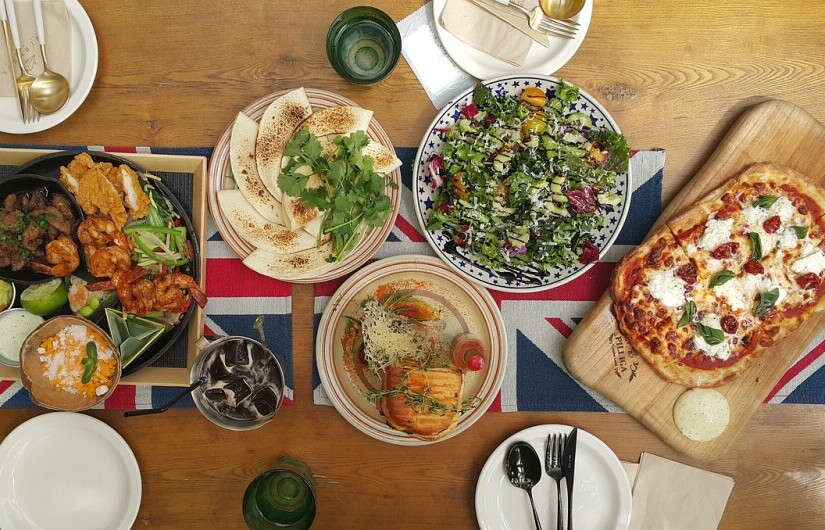
When traveling, one effective strategy to save money on food is to enjoy a big lunch and a light dinner. This approach takes advantage of the fact that many restaurants offer the same dishes for lunch at a significantly lower price compared to dinner. Here’s how you can make the most of this money-saving tip:
Lunch Specials and Deals: Many eateries offer lunch specials, which are often the same or similar dishes you would find on the dinner menu but at a fraction of the cost. These specials are designed to attract the lunchtime crowd and can provide you with a hearty, satisfying meal without breaking the bank.
Less Crowded Restaurants: Lunchtime is typically less busy than dinner, meaning you can enjoy a more relaxed dining experience. You might even find that service is quicker and more attentive, adding to the overall value of your meal.
Energy for Sightseeing: A substantial lunch can fuel your afternoon adventures. By having a bigger meal in the middle of the day, you ensure you have the energy needed to explore new places, visit attractions, and engage in activities without feeling hungry or sluggish.
Light Dinner Options: Opting for a lighter dinner can be both economical and healthy. Simple meals like a salad, a sandwich, or even some local street food can be delicious and cost-effective. Plus, eating lighter in the evening can help you sleep better and feel more comfortable.
Cultural Exploration: Lunchtime can also be a great opportunity to immerse yourself in the local culture. Many regions have unique midday dining traditions, and by participating, you can gain a deeper understanding and appreciation of the local lifestyle and cuisine.

By planning your meals strategically and taking advantage of lunch deals, you can enjoy delicious food, stay within your budget, and have an enriching travel experience.
5. Go for happy hour and early bird specials
Taking advantage of happy hour and early bird specials can be a fantastic way to stretch your travel budget. These promotions often offer the best value, allowing you to enjoy local cuisine and beverages at a fraction of the regular price.
When dining out, don’t hesitate to ask for a doggie bag. If the portions are generous, you can avoid overeating by setting aside one third to one half of your meal on your bread plate and requesting the remainder to be packed up. This approach helps you save money and reduces food waste, while also managing your calorie intake.
By being mindful of these opportunities and making simple adjustments to your dining habits, you can enjoy your travels without breaking the bank or compromising your health. Happy travels and bon appétit!
6. Look for buffets or All-You-Can-Eat (AYCE)
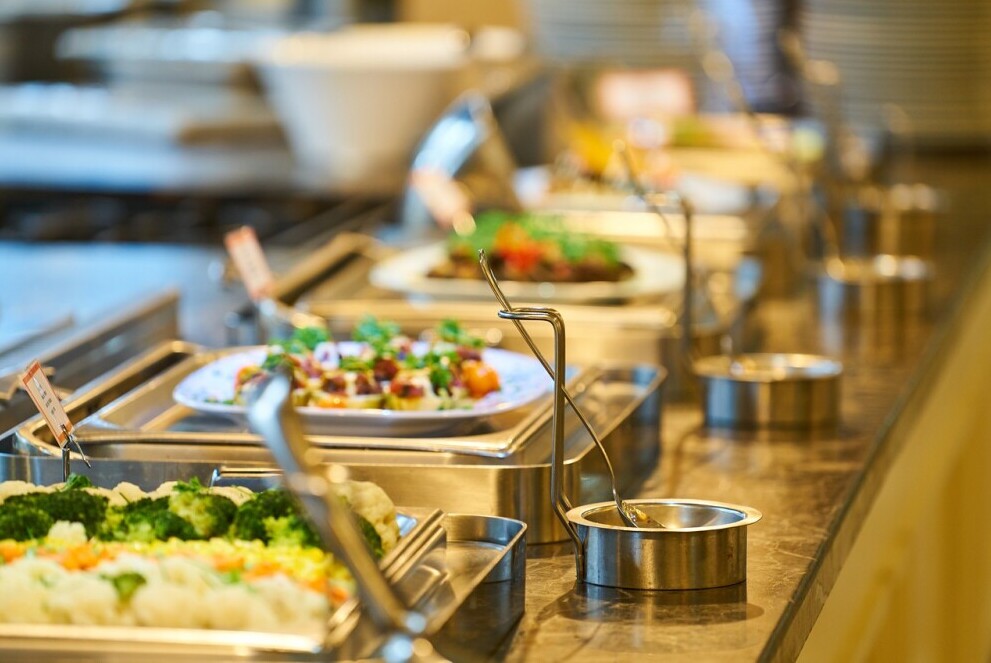
When traveling on a budget, buffets can be an excellent option to help you save money while enjoying a variety of foods. Buffets typically charge a fixed price per person, which can be advantageous if you or your family members have hearty appetites or enjoy sampling different dishes.
However, it’s important to note that most buffets charge the same price for children as they do for adults, so this may not always be the most cost-effective option if you have young children who eat less. Nonetheless, the variety and quantity of food available at buffets can often make up for this.
One of the best aspects of buffets is the opportunity to try a little bit of everything. This can be especially enjoyable and educational if you’re traveling to a new region or country and want to experience a wide range of local cuisine.
While it might be tempting to take some food away for later, it’s important to remember that most buffets have policies against this. Instead, consider filling up during the meal to avoid the need for additional snacks or meals later on. That said, if you do find yourself with some leftover items like chicken fingers, sliced meats, or rolls, discreetly saving them for a later meal can be a practical way to stretch your travel budget.
7. Pack well
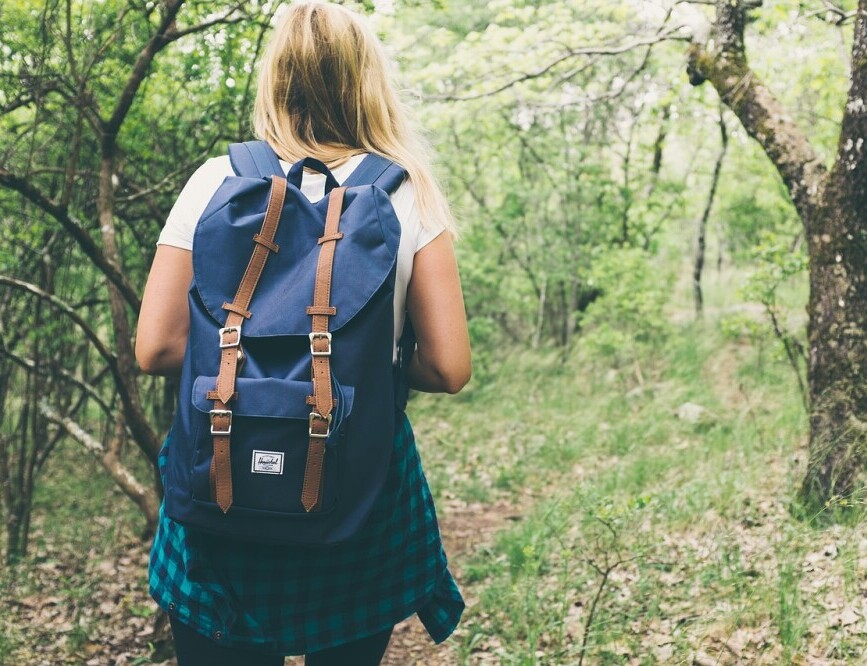
Packing well can significantly help you save money on food while traveling. Here are some detailed tips to ensure you’re prepared and can keep your food budget in check:
Bulk Snacks: Head to a warehouse store and buy granola bars or other snacks in bulk. Not only will this save you money compared to buying individual snacks, but it also ensures you always have a quick bite on hand.
Reusable Water Bottles: Bring a reusable water bottle for each person in your group. This is not only eco-friendly but also cost-effective, as you can refill them at water fountains or taps throughout your travels instead of buying expensive bottled water.
Nuts and Dried Fruits: Have a stash of nuts and dried fruits. These are nutritious, non-perishable, and perfect for a quick energy boost.
Simple Sandwich Supplies: Buy bread and a jar of peanut butter. Peanut butter sandwiches are easy to make, filling, and travel well regardless of the weather.
Backpack for Snacks: Have a backpack to carry all your snacks and water bottles. This keeps your hands free and your essentials close by.
Thermos for Warm Water, Tea, or Coffee: Bring a Thermos and fill it up each morning with hot water, tea or coffee at your hotel. This can save you a lot of money that you might otherwise spend at coffee shops throughout the day.
Storage Containers: Bring a Tupperware for storing leftovers from buffets or from your doggie bags. This helps reduce food waste and provides you with another meal without additional cost.

8. Ask the locals
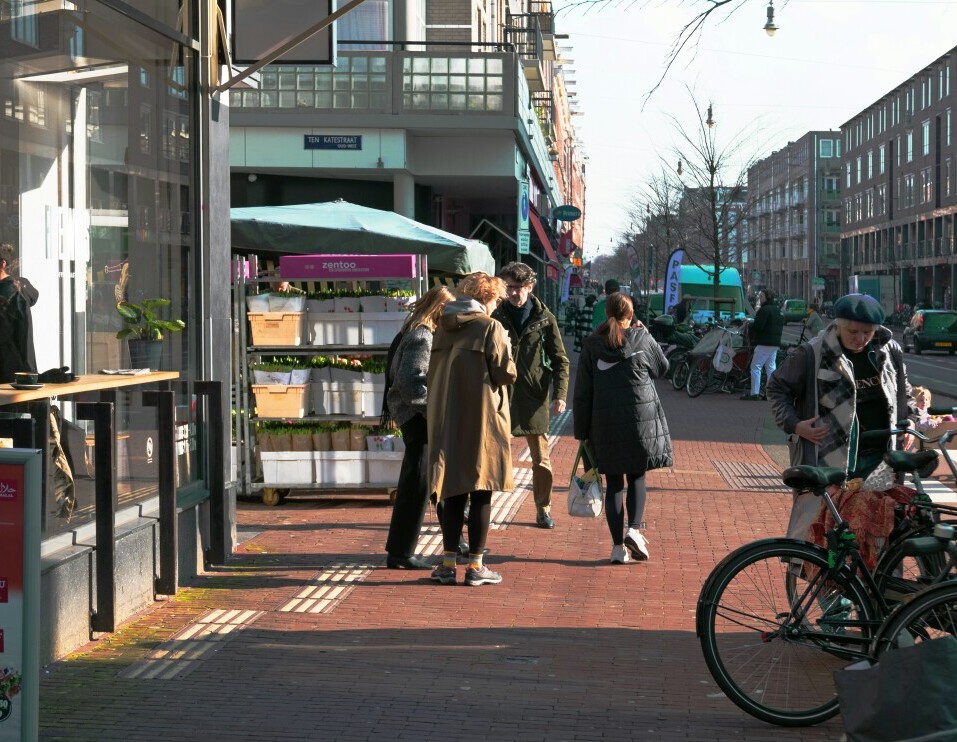
When traveling, one often looks for ways to experience local cuisine without breaking the bank. One of the best strategies to achieve this is by consulting the locals. Hotel staff, taxi drivers, or people you meet in the area can be invaluable resources in guiding you toward delicious and affordable meals.
Locals typically have firsthand knowledge of hidden gems that aren’t listed in tourist guides. They can recommend family-owned restaurants, food stalls, or cafes that offer authentic food at reasonable prices. This not only allows you to save money but also gives you a more genuine taste of the local culture and culinary traditions.
For instance, hotel staff are usually familiar with the nearby dining options and can suggest places where you can enjoy a hearty meal without overspending. Additionally, engaging with people in the community, whether it’s by striking up a conversation at a local market or asking for recommendations at a nearby shop, can lead you to discover fantastic meals that you’d otherwise miss.
So, don’t hesitate to ask around. You’ll likely find that locals are more than happy to share their favorite spots with you, leading to a richer and more budget-friendly travel experience.
9. Steer clear of drinks on the menu

When traveling, saving money on food and drink can help you stretch your budget further, allowing for more experiences and adventures. One effective way to cut costs is by being mindful of your drink choices. Here are some tips to help you save:
Stick to Water: Most restaurants serve water for free, and it’s essential to stay hydrated, especially when you’re on the go. Make it a habit to drink water at the table instead of ordering pricey beverages.
Choose Simple Drinks: If you want to indulge in an alcoholic beverage, opt for simpler choices like beer or house wine. These are usually more affordable than elaborate cocktails.
Hydration Balance: For every alcoholic drink you consume, have a glass of water. Not only does this help with hydration, but it can also help you drink less alcohol overall, saving money.
Share Sodas: If you’re craving something sweet, order one soda and divide it among the water glasses. This way, you get the flavor without consuming too much sugar or calories and keep the cost down.
By following these strategies, you can enjoy your meals and drinks without blowing your budget, ensuring you have more to spend on the unforgettable experiences that travel provides.
Final Words
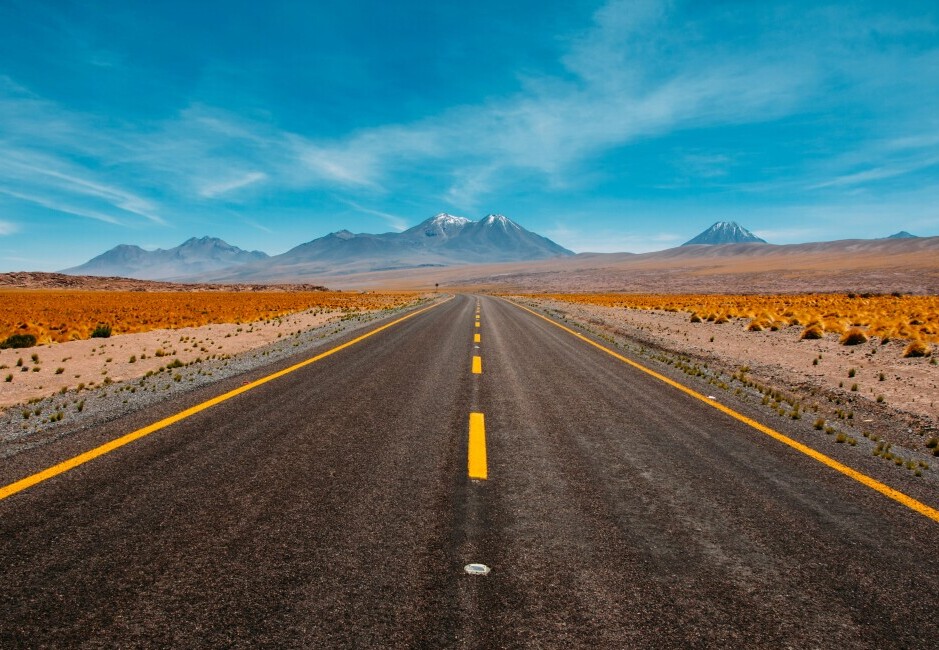
In conclusion, traveling doesn’t have to mean compromising on delicious, nutritious meals or breaking the bank. By implementing these nine essential travel food hacks, you can enjoy a variety of satisfying, healthy foods without overspending. From packing smart snacks and making the most of local markets to utilizing kitchen facilities and embracing street food, these tips can transform your travel dining experience. Remember, eating well while on the road is not just about saving money—it’s about enhancing your overall travel experience with great food that fuels your adventures. So, on your next journey, keep these hacks in mind and savor every bite without the extra cost. Bon voyage and bon appétit!
Drop a comment below to provide your practical tips or personal money-saving hacks for food to the community!


